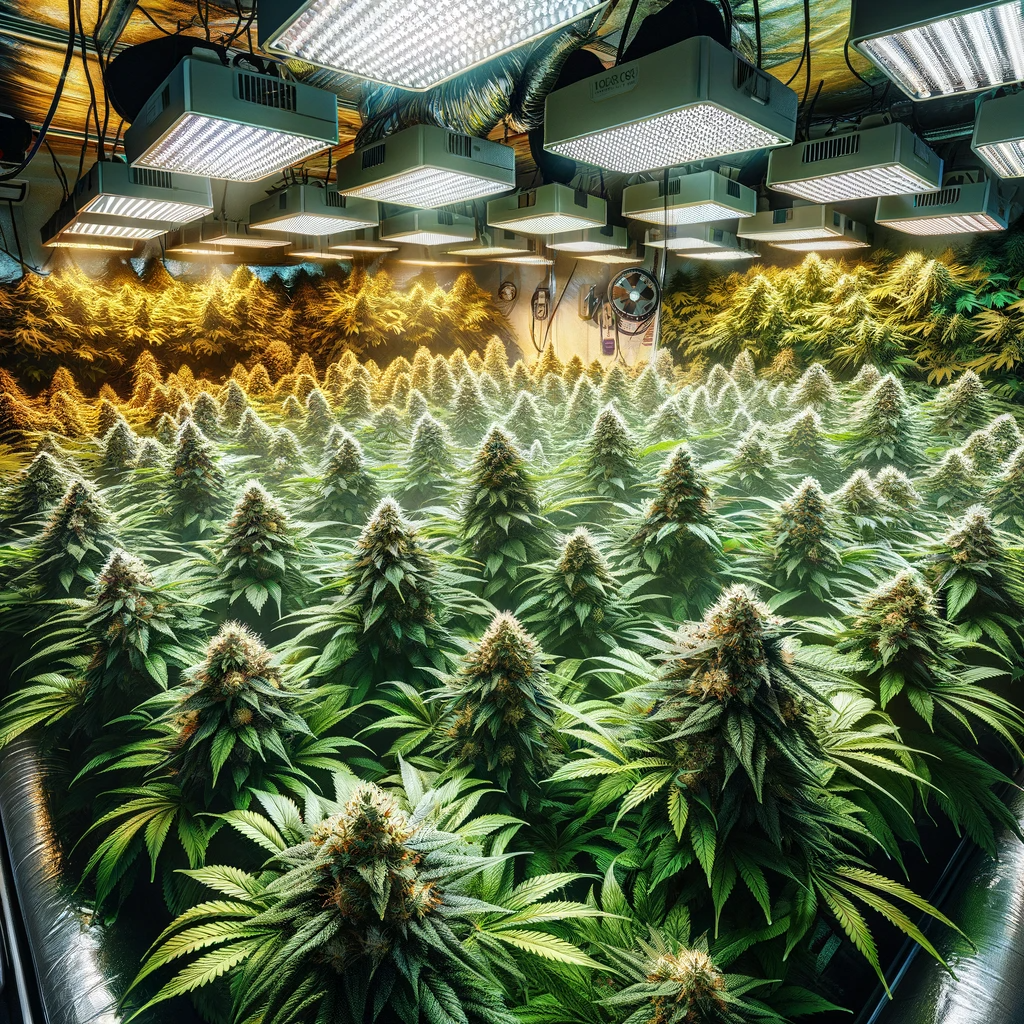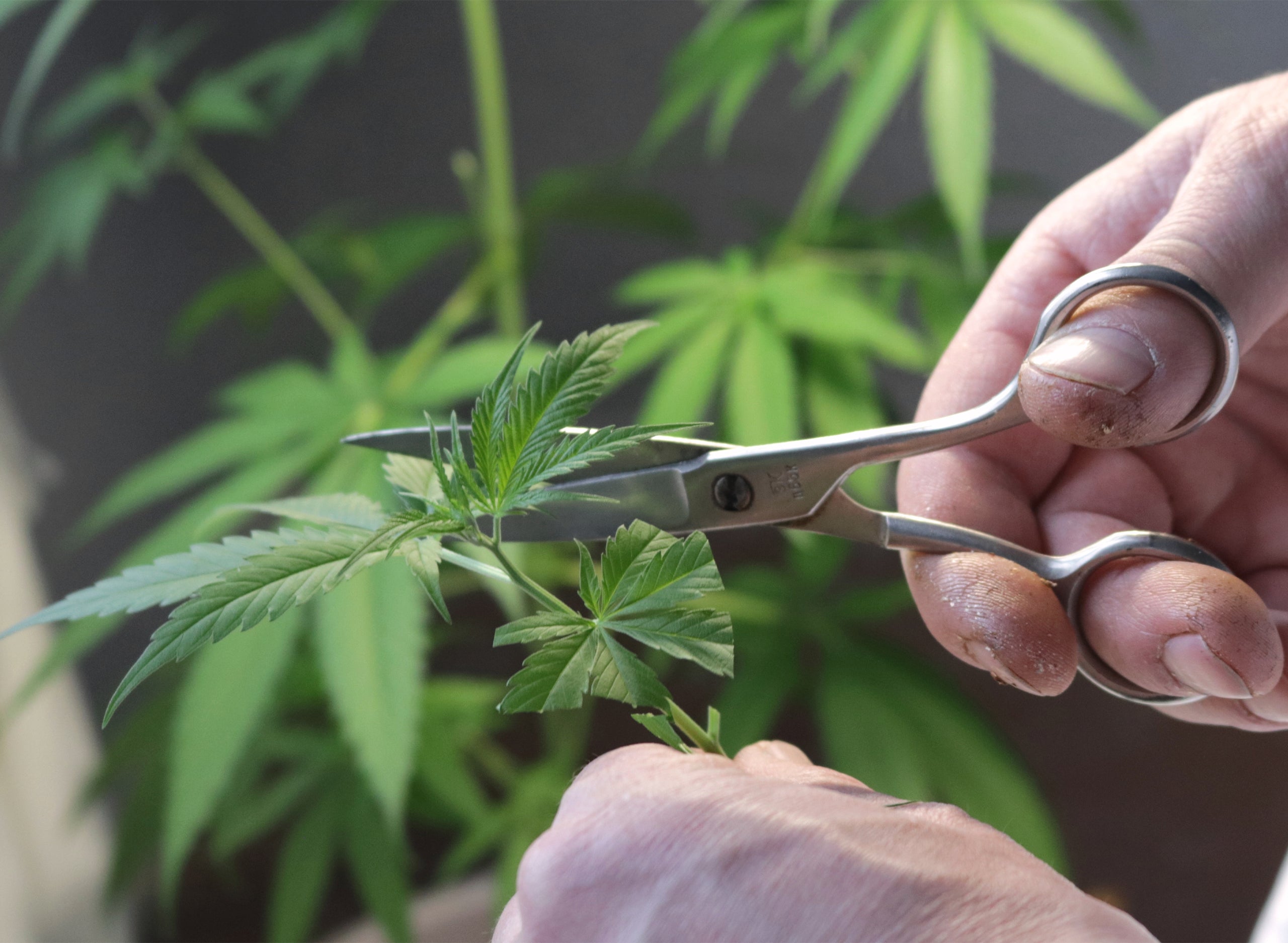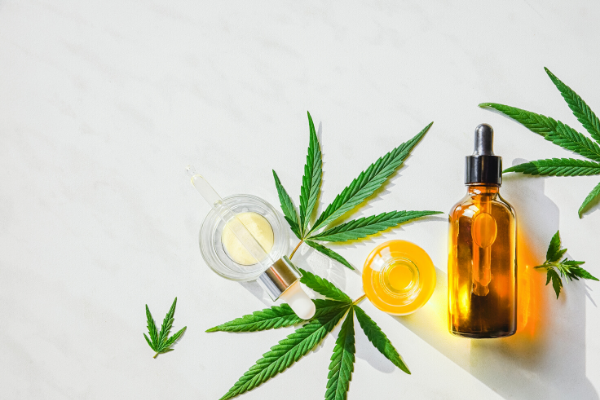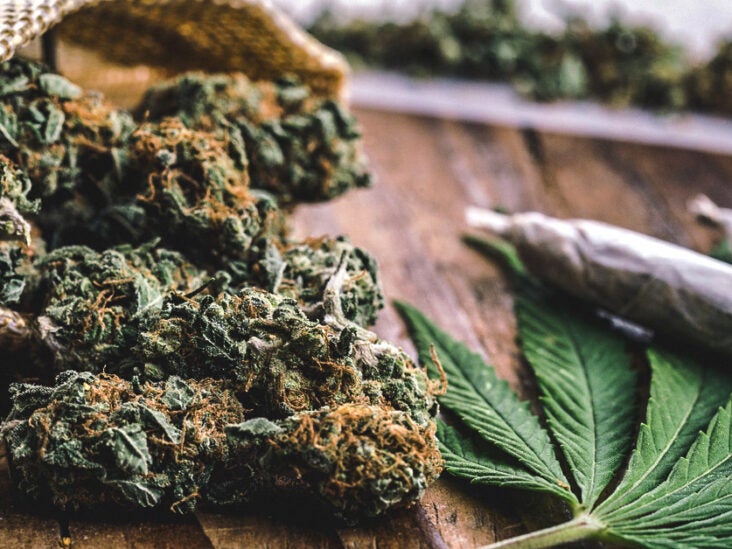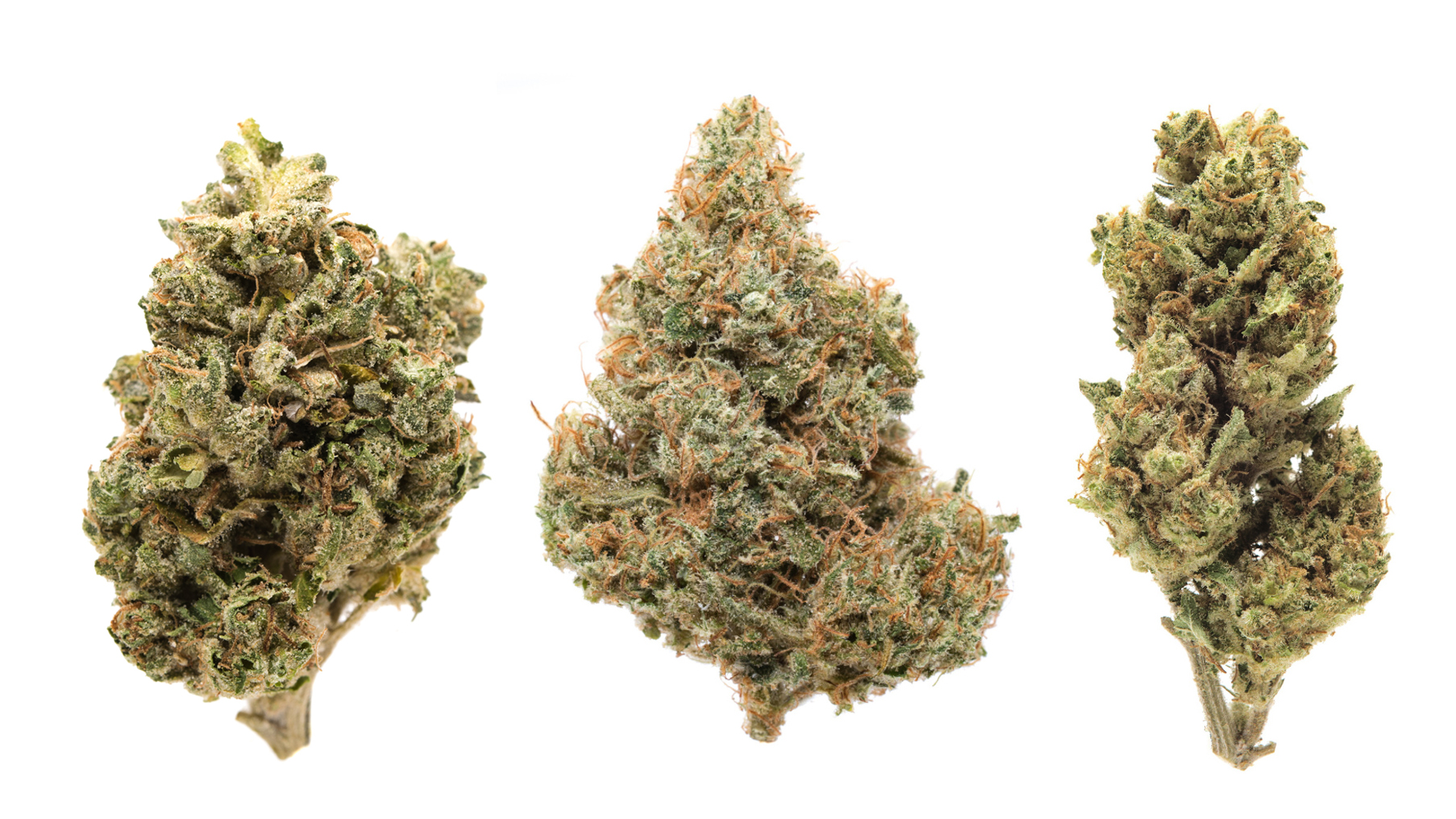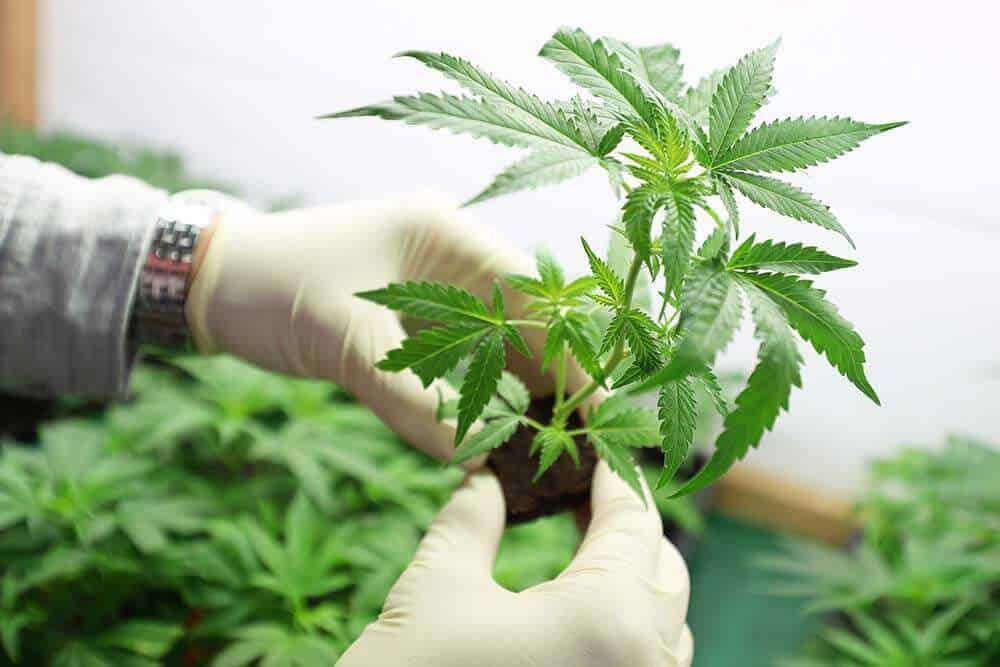
One of the most common mistakes cannabis growers make is over-feeding their plants. This can reduce root growth and permanently stunt plant growth. To get the best from your cannabis seeds, it’s important to find the right feeding schedule and provide the right environmental conditions. By keeping your plants in the nutrient “sweet spot”, you can encourage healthy growth and maximize yields.
To learn more about cannabis nutrients and how to create a successful feeding schedule, check out our cannabis nutrient guide. You’ll find all the information you need to get started, including tips on how to troubleshoot common problems.
With the right cannabis nutrients, you can grow healthy plants that produce high-quality yields. Don’t let over-feeding ruin your crop – get the information you need to succeed.
There are a few basic things to keep in mind when creating a cannabis feeding schedule. First, cannabis plants need different amounts of nutrients at different stages of their life cycle. Second, cannabis plants typically prefer a slightly acidic soil environment, with a pH between 6 and 7. Finally, over-fertilization can be just as harmful as under-fertilization, so it’s important to not go overboard with the nutrients.
Here is a general outline of what to keep in mind when creating a cannabis feeding schedule:
– Seedlings: Seedlings typically don’t need much in the way of nutrients. A little bit of nitrogen will help them to grow strong leaves, but too much can cause problems. Stick with a very light feeding schedule for seedlings, and only increase the amount of nutrients as they grow bigger.
– Vegetative stage: Once cannabis plants start growing larger leaves and stems, they’ll need more nitrogen to continue growing quickly. However, too much nitrogen can cause problems such as stunted growth or yellowing leaves. The key is to find a balance that keeps your plants healthy and green.
There are a few basic things to keep in mind when creating a cannabis feeding schedule. First, cannabis plants need different amounts of nutrients at different stages of their life cycle. Second, cannabis plants typically prefer a slightly acidic soil environment, with a pH between 6 and 7. Finally, over-fertilization can be just as harmful as under-fertilization, so it’s important to not go overboard with the nutrients.
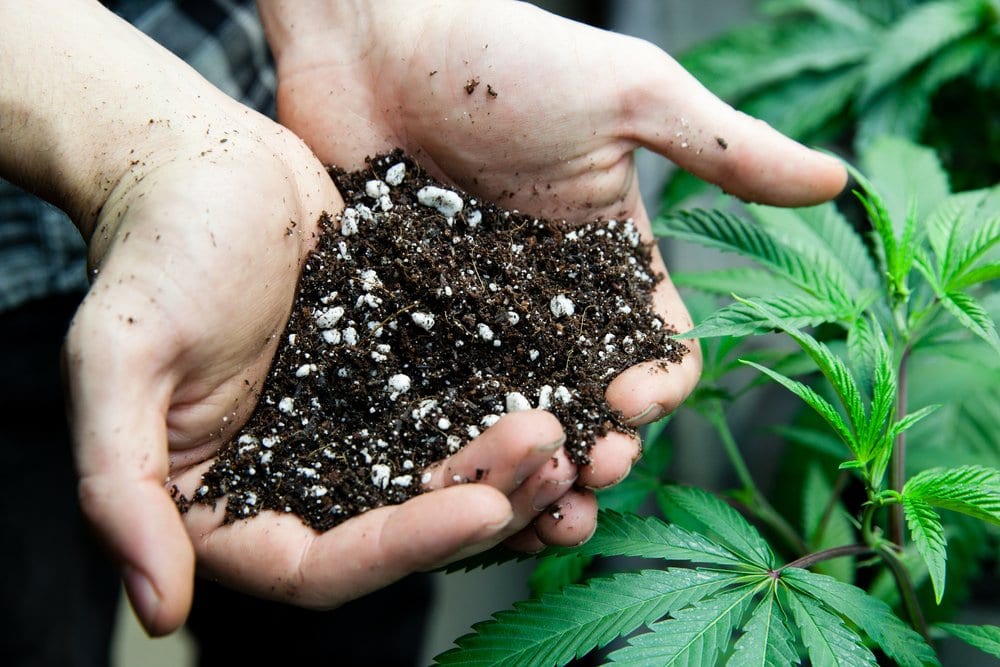
Here is a general outline of what to keep in mind when creating a cannabis feeding schedule:
– Seedlings: Seedlings typically don’t need much in the way of nutrients. A little bit of nitrogen will help them to grow strong leaves, but too much can cause problems. Stick with a light feeding of nitrogen during this phase.
– Vegetative phase: Once your cannabis plants start to grow, they’ll need more nutrients to support their growth. During this phase, you can feed them a little bit more nitrogen, as well as some phosphorus and potassium. Be careful not to overdo it, though, as too many nutrients can cause problems like leaf burn.
– Flowering phase: Once your cannabis plants start to flower, they’ll need less nitrogen and more phosphorus and potassium. This is because the flowers are high in these two nutrients. Again, be careful not to overdo it, as too many nutrients can cause problems like leaf burn or Bud Rot.
Happy growing!


